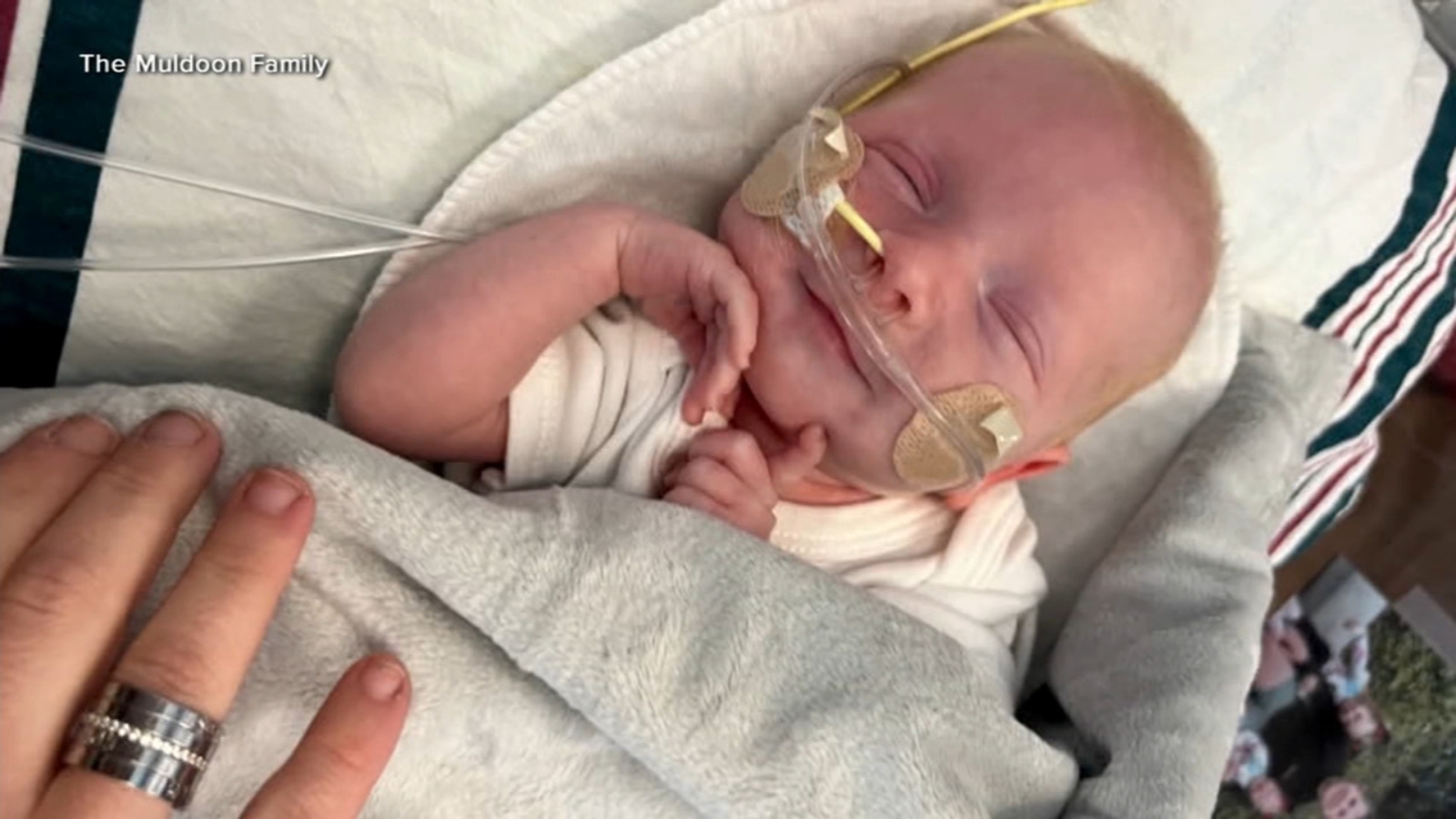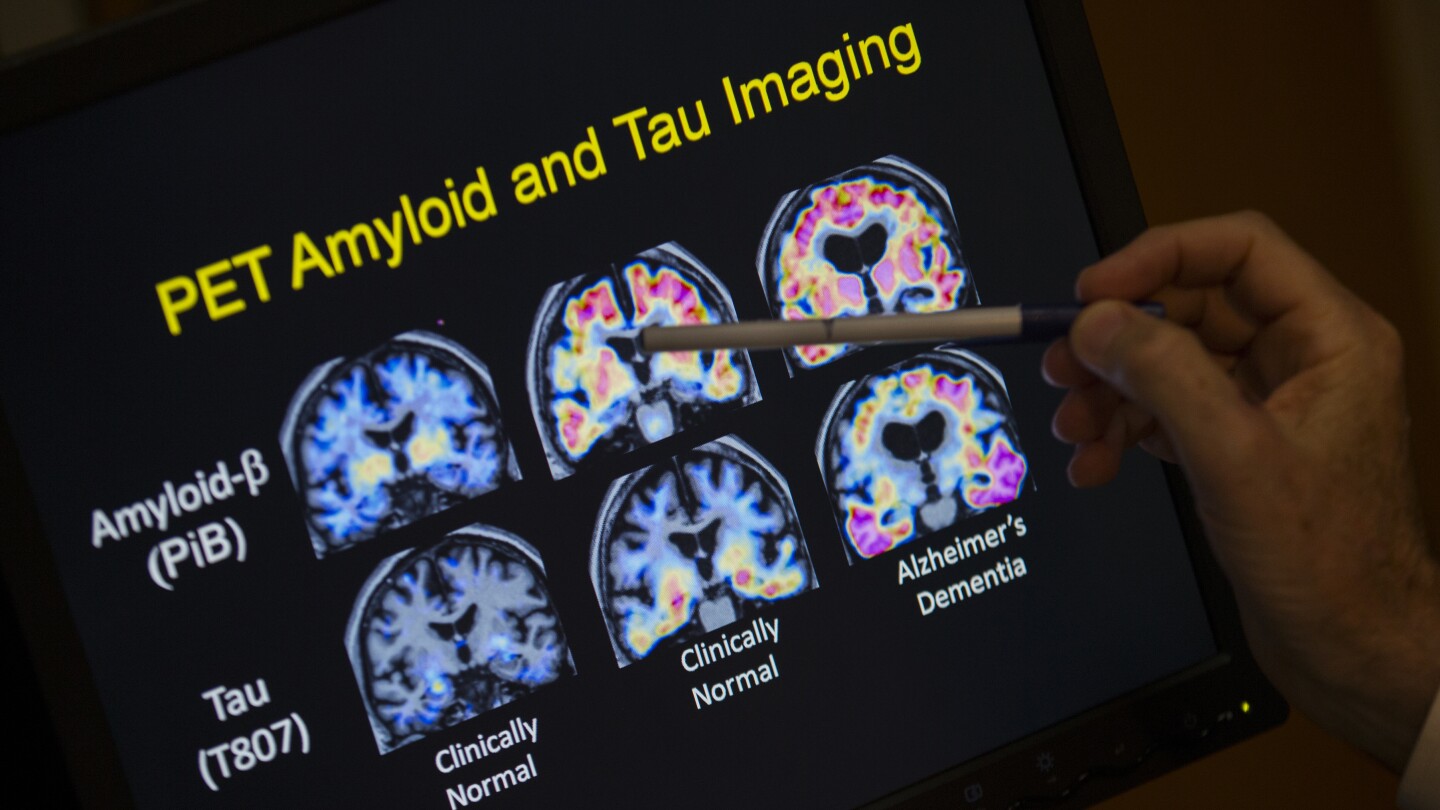PHILADELPHIA (WPVI) — An infant, who was born with a deadly disease, is now thriving, thanks to a medical first performed at the Children’s Hospital of Philadelphia.
KJ Muldoon, of Clifton Heights, is among the first to be successfully treated with a personalized CRISPR therapy, or gene-editing therapy.
He was diagnosed with a rare and life-threatening metabolic disorder. However, doctors were able to develop a personalized treatment involving a first-of-its-kind approach to gene-editing that could end up changing the course of his life — and help others with rare diseases in the future.
The metabolic condition, called carbamoyl-phosphate synthetase 1 deficiency, affects the urea cycle and can cause deadly levels of ammonia to build up in the blood, leading to severe and permanent brain damage. It affects about 1 in 1.3 million people. Among babies diagnosed with it, the disease kills 50% of them by early infancy.
KJ “had the most severe variant of the most severe metabolic condition related to the urea cycle,” Dr. Ahrens-Nicklas, the study’s lead author and a metabolic pediatrician within the metabolic disease program and the division of human genetics at Children’s Hospital of Philadelphia, told ABC News. “This meant that we had to expedite the pathway for personalized therapy we were already working on.”
Doctors began the process by creating a streamlined approach to base-editing therapy, a technique where a single component of the baby’s genome specific was changed to match the variant of his condition. Doctors then delivered the altered DNA directly to liver cells using a lipid nanoparticle — a tiny, fat-based carrier that helps transport treatment to the right place in the body. This approach was designed specifically for this single patient and marks a major step forward in personalized medicine.
The goal is to reuse key parts of the treatment — like the lipid nanoparticle and mRNA — and simply swap in a custom set of instructions for each patient’s specific gene mutation, Ahrens-Nicklas explained.
“Think of it like a GPS signal,” Dr. Kiran Musunuru, director of the Penn Cardiovascular Institute’s Genetic and Epigenetic Origins of Disease Program, told ABC News. “You can change where the GPS is going depending on what specific sequence of genes you want to change.”
He started injections in February at 6 months old.
They contained billions of microscopic gene-editors, that targeted a mutation in his liver.
Doctors say they’re cautiously optimistic that the procedure appears to have corrected his defect.
Doctors will continue to follow and monitor KJ’s progress but call the findings “promising.”
Typically, patients with his type of deficiency are treated with a liver transplant, which is high-risk.
ABC News contributed to this report.
Copyright © 2025 WPVI-TV. All Rights Reserved.






